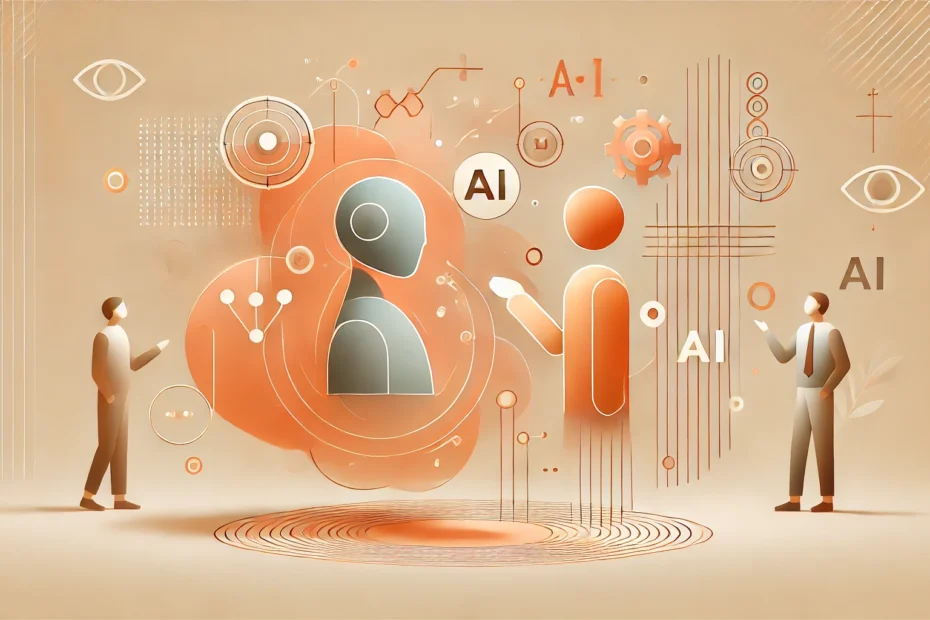Have you ever conducted an interview? The process starts long before you sit down with the interviewee, whether in person, over the phone, or via digital platforms like Zoom, Teams, Google Hangout, or Skype. Before scheduling the interview, you need to understand its purpose and importance. Developing an interview protocol is essential, followed by identifying who to interview. Next, you must reach out to potential participants, convincing them of the interview’s value and making them comfortable with participating. Once you’ve secured your interviewees, you need to decide on the best medium for conducting the interviews—be it phone, in person, or videoconferencing. Even after the interview is done, the work is far from over. Transcribing and analyzing the data is labor-intensive and time-consuming, requiring significant resources to complete within your desired timeframe.
With advancements in technology, these tasks have become easier, more efficient, and overall, more accessible. The first significant leap in this area came with the introduction of CU-SeeMe by Cornell University in 1992, marking a pivotal moment in the use of video conferencing for research. This technology enabled real-time, face-to-face interactions, previously impossible without physical presence. Tools like Skype, Zoom, and Teams have since made remote interviews more feasible. But what’s next in terms of revolutionizing the interview process? How can Artificial Intelligence (AI) not only make the interview process more accessible but revolutionize it?
Artificial Intelligence (AI) has the potential to transform the landscape of conducting interviews. By leveraging AI, interviews can be automated to scale, engaging participants in real-time and gathering data without human intermediaries. This not only accelerates data collection and expands reach to diverse populations, but also ensures that more voices are heard, with features compatible with multiple languages. AI tools also standardize interactions, reducing interviewer bias and maintaining data integrity.
Imagine a scenario where an AI conducts preliminary interviews with hundreds of participants simultaneously, gathering valuable insights while you focus on deeper analysis. This not only saves time but also ensures consistency across all interviews, making the data more reliable. Furthermore, one of the most tedious aspects of qualitative research is transcribing hours of audio recordings into text. When the interview is automated, so is the transcription process, converting speech to text quickly and accurately. These tools handle various accents and languages, ensuring no detail is lost in translation. This efficiency allows researchers to focus more on analyzing the data rather than spending countless hours on transcription. The immediate availability of transcripts significantly shortens the research timeline, enabling quicker insights and more timely application of findings.
One of the key benefits of using AI in qualitative research is the potential for more accessible and efficient methodologies. Qualz.ai, for instance, facilitates the collaboration between human researchers and AI, streamlining the entire research process. This collaboration not only saves time and resources but also ensures that the quality and depth of qualitative analysis are not compromised.
AI’s integration into conducting interviews heralds a new era of insight and efficiency. By transforming how data is collected, transcribed, and analyzed, AI empowers researchers to delve deeper and uncover profound insights.
Embracing these technological advancements amplifies the potential for qualitative research to drive meaningful change and innovation. AI doesn’t just enhance qualitative research; it redefines it, making it more accessible, reliable, and impactful than ever before.
